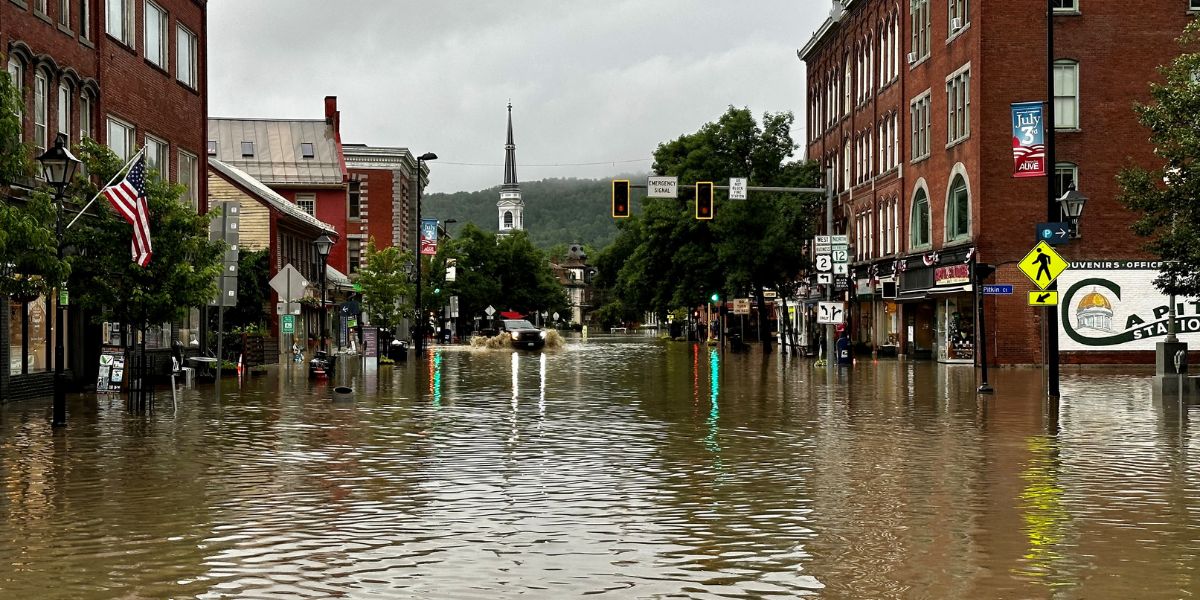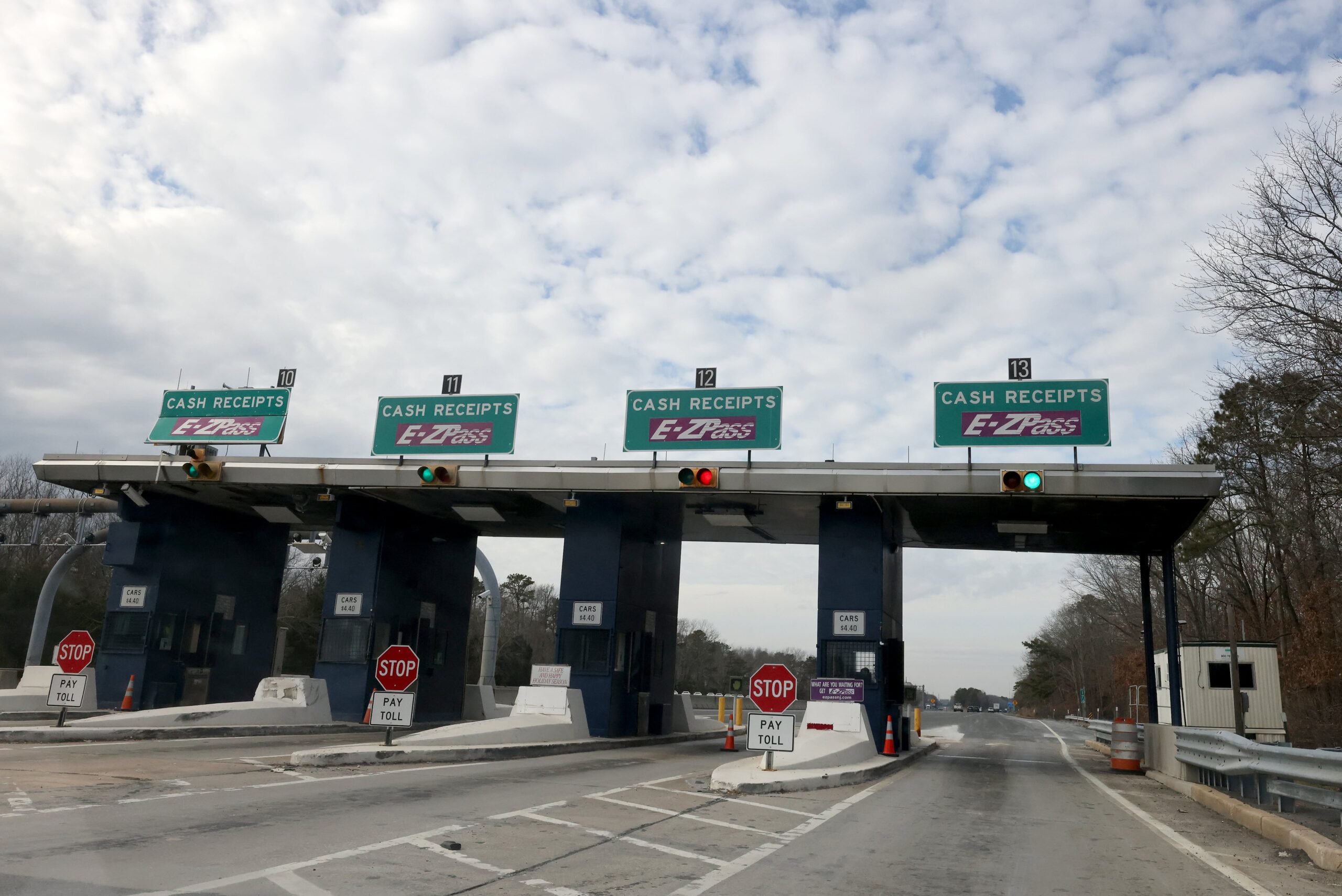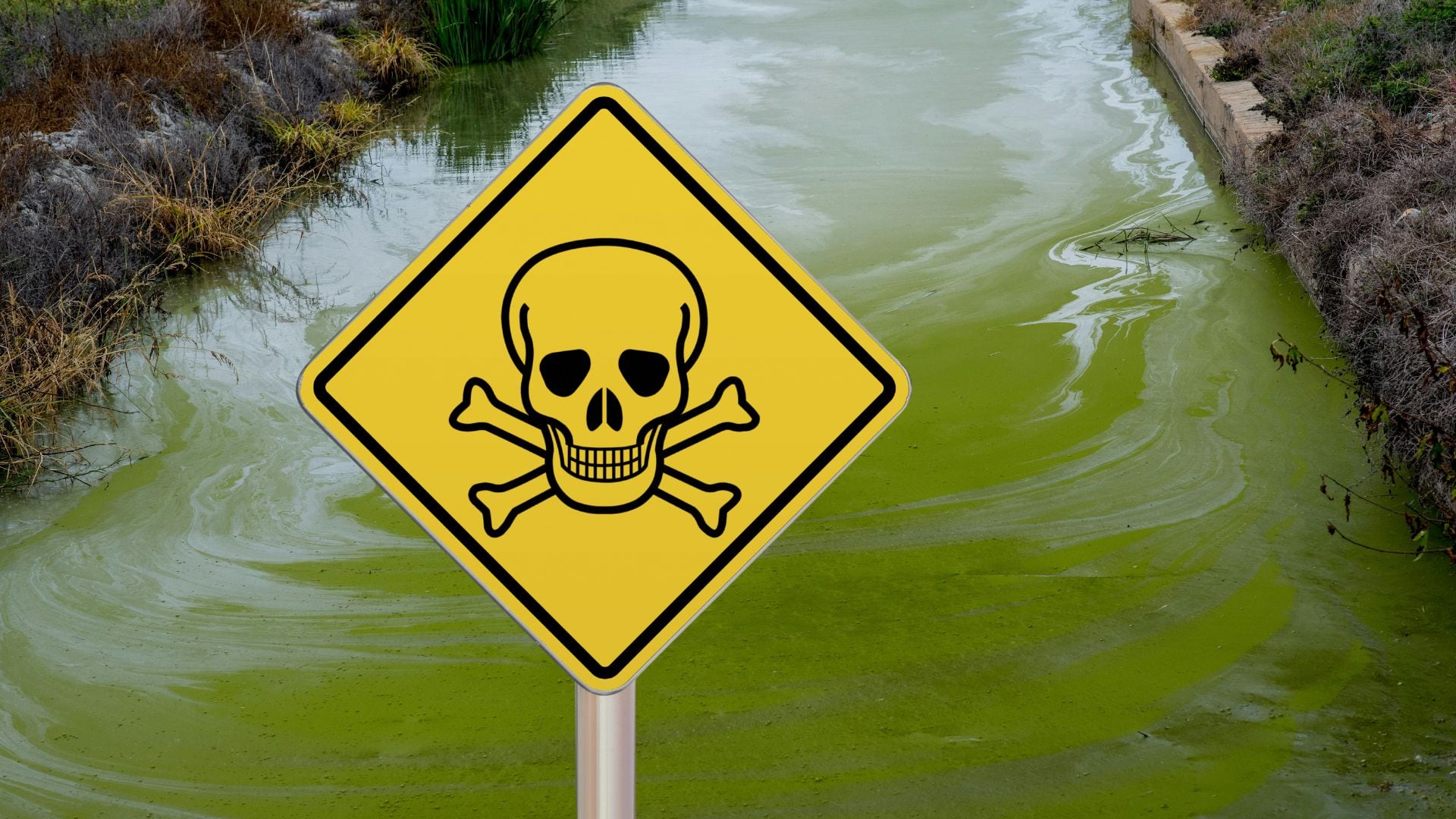If it feels like flash floods are striking more often and with greater force this summer, you’re not imagining it. A new exclusive analysis by AccuWeather confirms that 2025 is shaping up to be one of the most flood-impacted summers on record across the United States.
From Texas to North Carolina, and Illinois to New Mexico, devastating floods have disrupted lives, destroyed infrastructure, and claimed lives in what experts say is a clear sign of a warming, wetter atmosphere.
Floods From Coast to Coast
In Central Texas, over 12 inches of rain fell in a single slow-moving storm, causing the Guadalupe River to surge 27 feet in under an hour, killing more than 130 people in what may become one of the deadliest flooding events in U.S. history.
In North Carolina, Tropical Storm Chantal shattered rainfall records in the Eno River basin, claiming six lives. In Chicago, streets were overwhelmed in under two hours, while New Mexico saw deadly floods tear through terrain already ravaged by wildfires, killing at least three people in Ruidoso.
Flash Flood Reports Surge 70%
“So far in 2025 across the U.S., there’s been a 70% increase in flash flooding reports compared to the 10-year historic average through mid-July,” said AccuWeather Chief Meteorologist Jon Porter. “There have been more than 4,800 flash flood reports already this year — a staggering figure that reflects the rising frequency of extreme weather.”
While 2024 also saw a spike in flooding — up 30% — the prior two years (2022 and 2023) were below average, showing that the trend is uneven but clearly intensifying.
Heavier Rain, Not More Rain
The increase in flooding doesn’t necessarily mean more days of rain — but that when it does rain, it falls faster and harder. According to Climate Central, hourly rainfall rates have increased in nearly 90% of major U.S. cities since 1970. In Chicago alone, rainfall intensity has increased by 8%, breaking short-duration records that had stood for nearly five decades.
Aging Infrastructure, Rising Risk
As rainfall grows more intense, cities and communities across the country are struggling to cope with aging drainage systems and outdated flood management. The result is more damage, more injuries, and more lives lost — often with little to no warning.
Experts say the takeaway is clear: the atmosphere is wetter, the storms are stronger, and the risks are not going away.
As summer continues, Americans are urged to stay alert, stay informed, and take weather warnings seriously — because in 2025, the next flash flood may be just one storm away.








